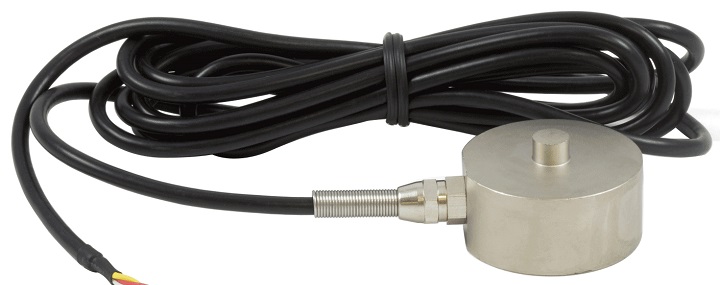
A transducer or sensor that converts weight or force into an electrical signal is called a load cell. This signal is sent to a recorder or remote computer for monitoring strain, pressure, load and more. Load cells are widely used in a number of industries where it is crucial to get precise and accurate measurements of weight such as the manufacturing industry, pharmaceutical industry, research laboratories and the automotive industry amongst others. Generally, there are three major components of a load cell; a mechanical system, strain gauge and also an electronic amplification device. These three parts are used for the measurement of weight and force in the order they are mentioned.
It should be kept in mind that multiple strain gauges can be used for configuring the load cells. A load cell’s internal elements are bonded with special electrical resistors called strain gauges as the cell is designed to be easily fitted to a component of equipment or machinery. Deformation of the load cell about a few thousandths of inches occurs when force or weight is applied. This deformation is proportionate to the amount of load that’s placed. The strain gauges mirror this deformity, which creates an analog electrical signal that’s then converted into a digital format in order to measure the force or weight.
Different types of load cells can be found these days for meeting the requirements of a diverse number of industries. Capacity is one convenient method of categorizing the types of load cells:
- Low Capacity Load Cells
This particular type of load cells is best for use in medical testing equipment, check weighing, wind tunnel testing and parts counting scales. Low capacity load cells are the ones that are between the ranges of 25 grams to a maximum capacity of 150 grams.
- Mid-Range Load Cells
Between 200 and 200,000 pounds can be sensed by this type of load cell and it can offer accurate weight measurement as part of truck and truck scales, industrial scales, platform scales , bolt force measurement equipment and more.
- High Capacity Load Cells
The range of these high capacity load cells is around 25,000 to 1 million pounds and more. High capacity load cells are used in various applications such as destructive and non-destructive testing done in laboratories, concrete batch plants, mooring testing, pile testing and role mills.
The load cells can also be categorized in several different ways such as output. Some of them include hydraulic load cells, piezoelectric load cells, strain gauge load cells, pneumatic load cells and vibrating wire load cells. Today, they are commonly used in universal testing machines and also in glass fiber nests in order to measure albatross chicks.
There are several manufacturers of load cells that can be found these days. AEP tranduscers manufacture different type of load cells for unique applications and they can also custom-design load cells according to the specific requirements of industries and can be built to the specifications given to them at really reasonable prices and of the highest quality.










![Watch Video Now on xiaohongshu.com [以色列Elevatione perfectio X美容仪 perfectio X 全新仪器黑科技了解下]](https://www.techburgeon.com/wp-content/uploads/2019/07/perfectiox-singapore-150x150.jpg)
